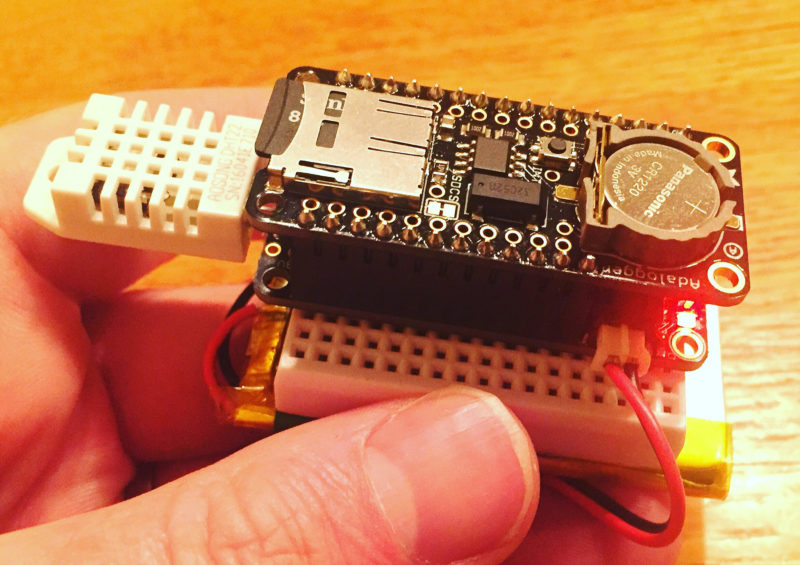 Photo via Flickr/John Keefe/WNYC
Photo via Flickr/John Keefe/WNYC
Matthew Schuerman, a senior editor for WNYC, says that the Harlem heat issue came to their attention fairly recently. He explains that those working on the Harlem Heat Project followed a researcher in 2010, “who was trying to discover the microclimates in New York, including which neighborhoods were the warmest. When that effort proved to be inconclusive, they started following a project led by Brian Vant-Hull, a research scientist at the City College of New York. Schuerman says that Vant-Hull determined Harlem to be the warmest Manhattan neighborhood, and he is now a scientific adviser to the Harlem Heat Project.
According to WNYC, the conditions in Harlem create a perfect storm for extreme heat. Aside from the high levels of certain building materials about a quarter of seniors in Harlem don’t have air conditioning in their homes. Twice as many residents in Central Harlem visit the emergency room for heat stress each year according to the Environment and Health Data Portal.
 Photo via Flickr/John Keefe/WNYC
Photo via Flickr/John Keefe/WNYC
The sensors themselves were built and prototyped by John Keefe, WNYC senior editor for data, and contain a battery, microchip and heat and humidity sensor. They were installed by volunteers from the organization WE ACT for Environmental Justice. Keefe says, “The idea is that these volunteers, these ambassadors, will come and visit folks once a week, maybe twice a week, and get the data off the sensors and also just check in on people.”

But Schuerman says that Harlem is not the only neighborhood to suffer from the extreme heat. The Building Energy Exchange created a map that shows the Heat Vulnerability Index through community districts. “It comes from an urban heat island task force that is advising the de Blasio administration now,” he says. “It shows central Harlem (not just East Harlem), central Brooklyn, South and Central Bronx and Bushwick as facing similar levels of risk.”
Schuerman adds that there are proposed solutions for the extreme heat problem in Harlem, including changing the physical environment of the neighborhood by planting more trees, creating programs to alleviate the cost of buying and running air conditioners and creating strong familial and community ties to create “community resilience” in the face of extreme heat.
Next, learn how the steam system works in NYC to both heat and cool parts of Manhattan.





